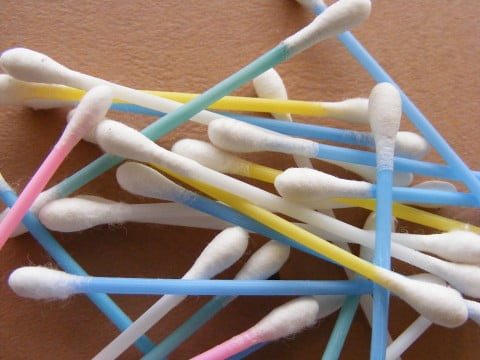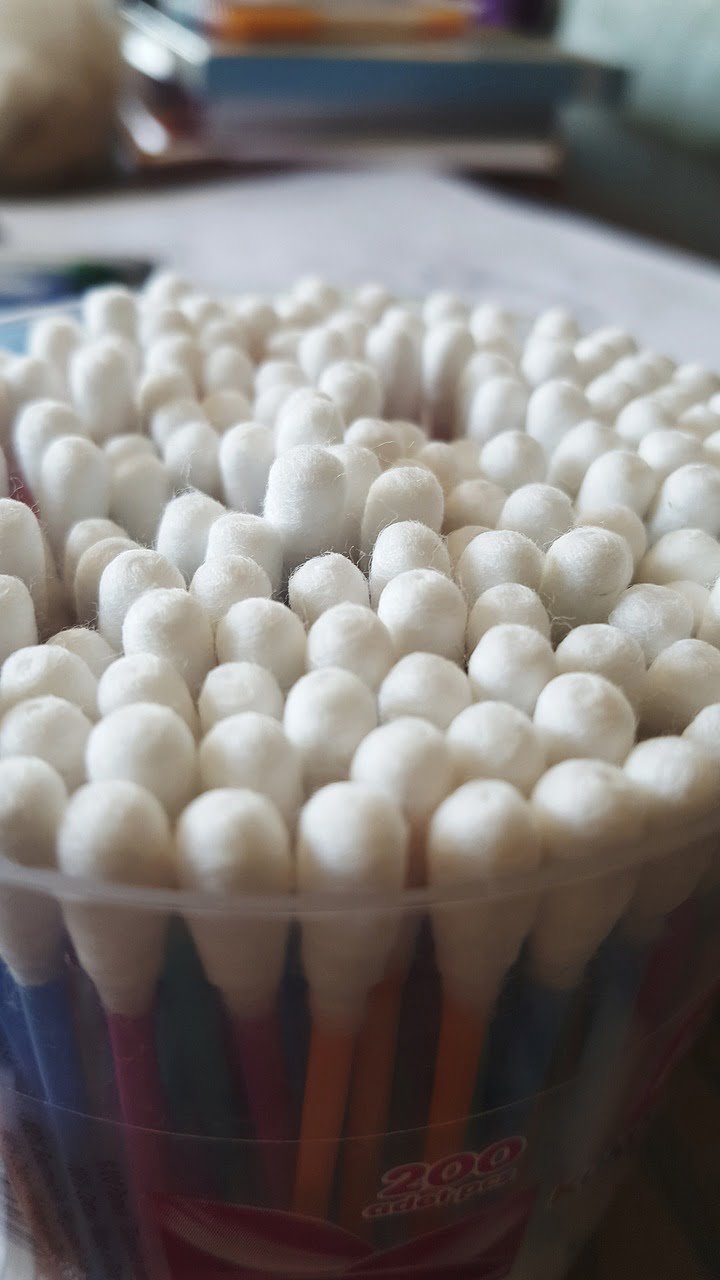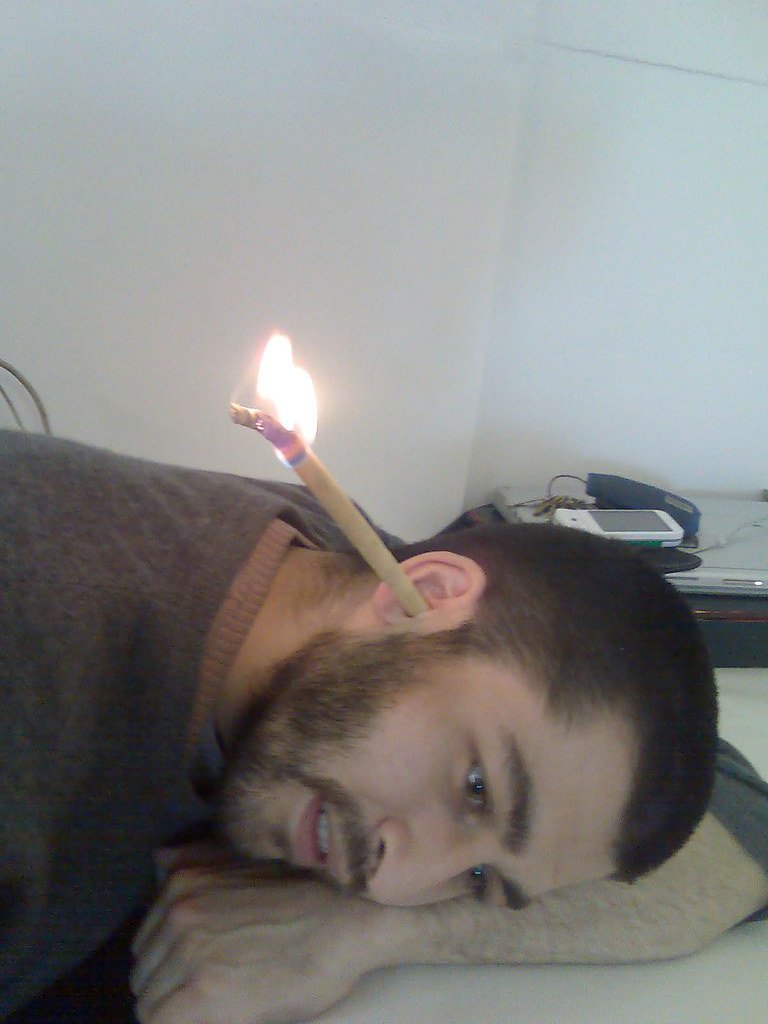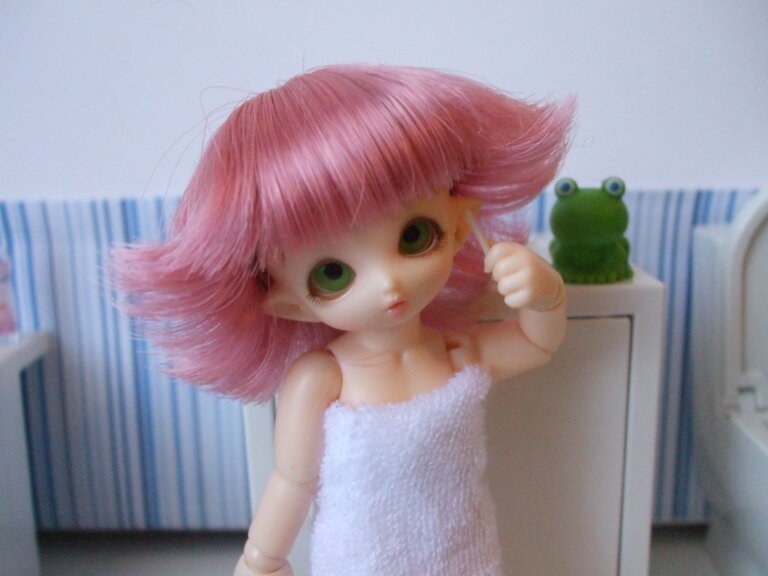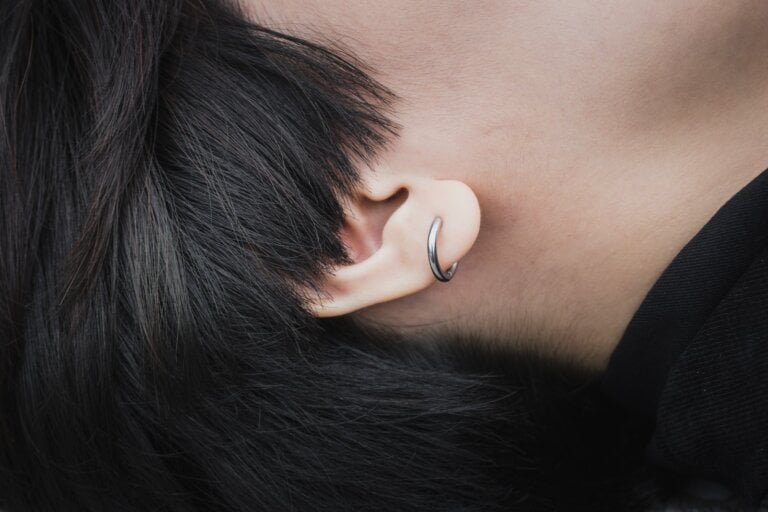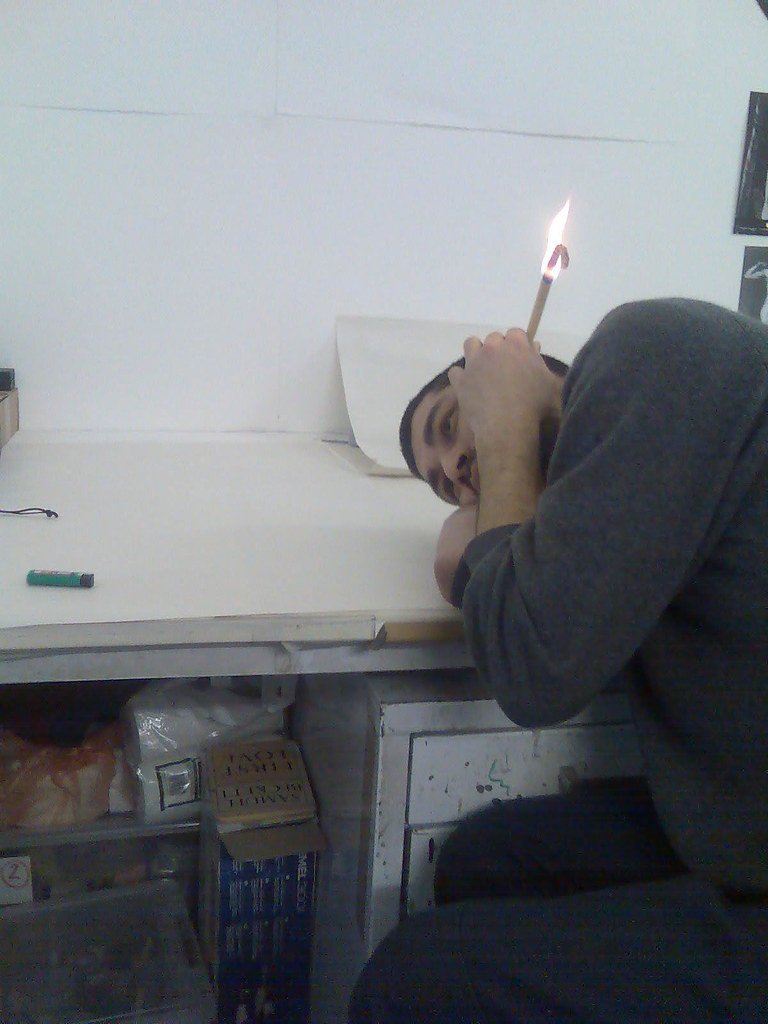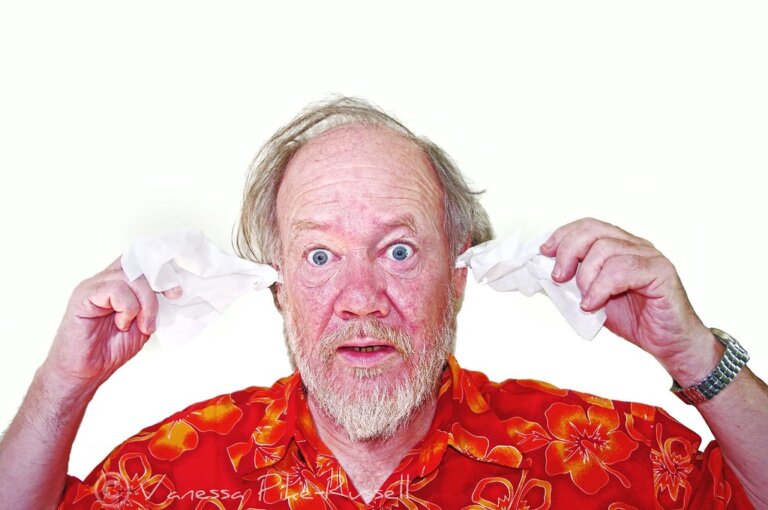In it for the Long Haul: Long-Term Aftercare for Manual Instrument Ear Wax Removal
Ear wax is a common issue that many people face, causing discomfort and sometimes even affecting hearing abilities. While there are various methods to remove ear wax, manual instrument ear wax removal is a popular choice. This method involves the use of specialized tools by a healthcare professional to clean the ear canal effectively. However, the process doesn’t end with the removal itself; proper aftercare is crucial to maintain ear health in the long term. In this article, we will delve into the essential aspects of long-term aftercare for manual instrument ear wax removal.
Understanding Manual Instrument Ear Wax Removal
Before we discuss aftercare, it’s essential to understand the importance and benefits of manual instrument ear wax removal. Manual instrument ear wax removal is performed by trained healthcare professionals who use specialized tools such as curettes, forceps, or suction devices to remove excessive ear wax. This method is highly effective, as it allows the professional to have direct control and visibility during the procedure.
Some advantages of manual instrument ear wax removal include:
-
Complete removal: Unlike other methods, manual instrument ear wax removal ensures thorough cleaning of the ear canal, leaving no residue behind. This is crucial for preventing future blockages and maintaining optimal ear health.
-
Improved hearing: Excessive ear wax can significantly affect hearing abilities. By removing it, manual instrument ear wax removal can help restore optimal hearing. This is particularly important for individuals who rely on their hearing for work or daily activities.
-
Safe and controlled: When performed by a skilled professional, manual instrument ear wax removal is a safe and controlled procedure, minimizing the risk of injury or damage to the delicate structures of the ear. The healthcare professional is trained to handle the tools properly and ensure the patient’s comfort and safety throughout the process.
Proper aftercare is essential to promote healing, prevent complications, and maintain ear health in the long term. Let’s explore the post-procedure care guidelines in more detail.
Post-Procedure Care Guidelines
After the manual instrument ear wax removal procedure, it’s crucial to follow certain aftercare guidelines to promote healing, prevent complications, and maintain ear health. Here are some important considerations:
1. Keep the Ear Dry
Exposure to moisture can hinder the healing process and potentially lead to infections. Therefore, it’s essential to keep the ear dry for a few days following the procedure. Avoid activities such as swimming or taking showers without adequate ear protection. Additionally, be cautious while washing your hair to prevent water from entering the ear canal. Consider using a shower cap or earplugs to protect your ears during showering or bathing.
It’s important to note that excessive moisture can create a favorable environment for bacterial or fungal growth, which can lead to ear infections. By keeping the ear dry, you can minimize the risk of such complications and allow the ear to heal properly.
2. Avoid Inserting Objects into the Ear
To prevent injury or damage to the ear canal, it’s crucial to avoid inserting any objects into the ear after the manual instrument ear wax removal. This includes cotton swabs, hairpins, or any other small items. Using such objects can push wax or debris further into the ear or cause harm to the delicate structures inside.
Instead, gently clean the outer ear with a washcloth during routine bathing or showering. Remember, the ear has a natural self-cleaning mechanism, and inserting objects can disrupt this process and potentially lead to more wax buildup or injury.
3. Use Prescribed Ear Drops
In some cases, healthcare professionals may prescribe ear drops to facilitate the healing process or prevent infections. If prescribed, it’s important to follow the instructions provided and use the drops as directed. These drops can help soften any remaining wax and reduce inflammation or discomfort.
Ear drops typically contain ingredients that help break down wax or have antimicrobial properties to prevent infections. By using the prescribed drops, you can support the healing process and minimize the risk of complications. If you have any questions or concerns about the ear drops, don’t hesitate to reach out to your healthcare professional for clarification.
4. Follow the Recommended Follow-Up Visits
After manual instrument ear wax removal, healthcare professionals may recommend follow-up visits to monitor the healing process and ensure there are no complications. It’s crucial to attend these appointments as scheduled to receive any necessary further treatment or guidance.
During the follow-up visits, the healthcare professional will assess your ear’s condition, check for any signs of infection or other complications, and provide additional recommendations if needed. These visits are an important part of the aftercare process and allow for timely intervention if any issues arise.
5. Maintain Good Ear Hygiene
Proper ear hygiene plays a significant role in preventing the accumulation of excessive ear wax. To maintain good ear hygiene, consider the following tips:
- Gently clean the outer ear with a washcloth during routine bathing or showering. This helps remove any dirt or debris that may have accumulated on the outer part of the ear.
- Avoid using cotton swabs or any other objects to clean the ear canal, as they can push wax deeper or cause injury. Remember, the ear has a self-cleaning mechanism, and inserting objects can disrupt this process.
- If you experience frequent ear wax build-up, consult a healthcare professional for advice on preventive measures or recurring treatments. They may recommend periodic ear wax removal or provide guidance on lifestyle modifications to minimize wax buildup.
By maintaining good ear hygiene, you can reduce the risk of future ear wax problems and promote overall ear health.
Recognizing Potential Complications
While manual instrument ear wax removal is generally a safe and effective procedure, it’s important to be aware of potential complications that may arise. If you experience any of the following symptoms, promptly seek medical attention:
- Severe pain in the ear: This could indicate an infection or injury.
- Persistent or worsening hearing loss: It’s essential to address any changes in your hearing abilities, as they may indicate an underlying issue.
- Continuous drainage from the ear: Prolonged drainage may be a sign of infection or a perforated eardrum.
- Dizziness or vertigo: These symptoms could be related to an inner ear problem and should be evaluated by a healthcare professional.
- Foul odor from the ear: Unpleasant odor may indicate an infection or other issues.
- Symptoms of infection, such as redness, swelling, or fever: These signs suggest an infection and require prompt medical attention.
It’s important not to ignore these symptoms or delay seeking medical help. Early intervention can prevent further complications and ensure appropriate treatment.
When to Consult a Healthcare Professional
If you’re unsure about any aspect of your ear wax removal aftercare or experience any concerning symptoms, it’s best to consult a healthcare professional. They can provide guidance, assess the situation, and recommend appropriate measures for your specific condition.
A healthcare professional will be able to answer any questions you may have regarding the aftercare process and address any concerns. They can also perform a thorough examination to ensure proper healing and rule out any complications. Remember, it’s always better to seek professional advice when in doubt.
In conclusion, proper aftercare is crucial for long-term ear health following manual instrument ear wax removal. By adhering to the post-procedure care guidelines, maintaining good ear hygiene, and promptly addressing any potential complications, you can ensure optimum recovery and continue to enjoy healthy ears and optimal hearing in the long run.
Note: The content provided is for informational purposes only and should not be considered a substitute for professional medical advice. Always consult with a qualified healthcare professional for personalized guidance and treatment.
# In it for the Long Haul: Long-Term Aftercare for Manual Instrument Ear Wax
Ear wax is a common issue that many people face, causing discomfort and sometimes even affecting hearing abilities. While there are various methods to remove ear wax, manual instrument ear wax removal is a popular choice. This method involves the use of specialized tools by a healthcare professional to clean the ear canal effectively. However, the process doesn't end with the removal itself; proper aftercare is crucial to maintain ear health in the long term. In this article, we will delve into the essential aspects of long-term aftercare for manual instrument ear wax removal.
Understanding Manual Instrument Ear Wax Removal
Before we discuss aftercare, it's essential to understand the importance and benefits of manual instrument ear wax removal. Manual instrument ear wax removal is performed by trained healthcare professionals who use specialized tools such as curettes, forceps, or suction devices to remove excessive ear wax. This method is highly effective, as it allows the professional to have direct control and visibility during the procedure.
Some advantages of manual instrument ear wax removal include:
- Complete removal: Unlike other methods, manual instrument ear wax removal ensures thorough cleaning of the ear canal, leaving no residue behind.
- Improved hearing: Excessive ear wax can significantly affect hearing abilities. By removing it, manual instrument ear wax removal can help restore optimal hearing.
- Safe and controlled: When performed by a skilled professional, manual instrument ear wax removal is a safe and controlled procedure, minimizing the risk of injury or damage to the delicate structures of the ear.
Post-Procedure Care Guidelines
After the manual instrument ear wax removal procedure, it's crucial to follow certain aftercare guidelines to promote healing, prevent complications, and maintain ear health. Here are some important considerations:
1. Keep the Ear Dry
Exposure to moisture can hinder the healing process and potentially lead to infections. Therefore, it's essential to keep the ear dry for a few days following the procedure. Avoid activities such as swimming or taking showers without adequate ear protection. Additionally, be cautious while washing your hair to prevent water from entering the ear canal.
- Use a shower cap or earplugs to protect your ears while showering or bathing.
- Gently dry the outer ear with a towel after bathing, ensuring no water remains in the ear canal.
2. Avoid Inserting Objects into the Ear
To prevent injury or damage to the ear canal, it's crucial to avoid inserting any objects into the ear after the manual instrument ear wax removal. This includes cotton swabs, hairpins, or any other small items. Using such objects can push wax or debris further into the ear or cause harm to the delicate structures inside.
- Do not use cotton swabs or any other objects to clean the ear canal. The ear has a self-cleaning mechanism, and inserting objects can disrupt this process.
- If you feel the need to clean your ears, gently clean the outer ear with a washcloth during routine bathing or showering.
3. Use Prescribed Ear Drops
In some cases, healthcare professionals may prescribe ear drops to facilitate the healing process or prevent infections. If prescribed, it's important to follow the instructions provided and use the drops as directed. These drops can help soften any remaining wax and reduce inflammation or discomfort.
- Administer the prescribed ear drops according to the recommended dosage and frequency.
- Tilt your head to the side and gently pull the earlobe upward to ensure proper administration of the drops.
- After administering the drops, keep your head tilted for a few minutes to allow the drops to reach deep into the ear canal.
4. Follow the Recommended Follow-Up Visits
After manual instrument ear wax removal, healthcare professionals may recommend follow-up visits to monitor the healing process and ensure there are no complications. It's crucial to attend these appointments as scheduled to receive any necessary further treatment or guidance.
- Make sure to note down the recommended follow-up visit dates and set reminders to ensure you don't miss them.
- During the follow-up visits, the healthcare professional may perform additional examinations or treatments as needed.
5. Maintain Good Ear Hygiene
Proper ear hygiene plays a significant role in preventing the accumulation of excessive ear wax. To maintain good ear hygiene:
- Gently clean the outer ear with a washcloth during routine bathing or showering. This helps remove any dirt or debris that may have accumulated on the outer part of the ear.
- Avoid using cotton swabs or any other objects to clean the ear canal, as they can push wax deeper or cause injury. Remember, the ear has a self-cleaning mechanism, and inserting objects can disrupt this process.
- If you experience frequent ear wax build-up, consult a healthcare professional for advice on preventive measures or recurring treatments. They may recommend periodic ear wax removal or provide guidance on lifestyle modifications to minimize wax buildup.
By maintaining good ear hygiene, you can reduce the risk of future ear wax problems and promote overall ear health.
Recognizing Potential Complications
While manual instrument ear wax removal is generally a safe and effective procedure, it's important to be aware of potential complications that may arise. If you experience any of the following symptoms, promptly seek medical attention:
- Severe pain in the ear
- Persistent or worsening hearing loss
- Continuous drainage from the ear
- Dizziness or vertigo
- Foul odor from the ear
- Symptoms of infection, such as redness, swelling, or fever
It's important not to ignore these symptoms or delay seeking medical help. Early intervention can prevent further complications and ensure appropriate treatment.
When to Consult a Healthcare Professional
If you're unsure about any aspect of your ear wax removal aftercare or experience any concerning symptoms, it's best to consult a healthcare professional. They can provide guidance, assess the situation, and recommend appropriate measures for your specific condition.
- Contact your healthcare professional if you have any questions or concerns regarding your aftercare.
- If you experience any of the potential complications mentioned earlier, seek medical attention promptly.
- A healthcare professional will be able to provide personalized advice and treatment based on your condition.
In conclusion, proper aftercare is crucial for long-term ear health following manual instrument ear wax removal. By adhering to the post-procedure care guidelines, maintaining good ear hygiene, and promptly addressing any potential complications, you can ensure optimum recovery and continue to enjoy healthy ears and optimal hearing in the long run.
Note: The content provided is for informational purposes only and should not be considered a substitute for professional medical advice. Always consult with a qualified healthcare professional for personalized guidance and treatment.
FAQ
Q: What is manual instrument ear wax removal?
A: Manual instrument ear wax removal is a procedure performed by trained healthcare professionals using specialized tools to remove excessive ear wax. It ensures thorough cleaning of the ear canal and allows for direct control and visibility during the procedure.
Q: What are the advantages of manual instrument ear wax removal?
A: Some advantages of manual instrument ear wax removal include complete removal of ear wax, improved hearing, and a safe and controlled procedure with minimal risk of injury or damage to the ear structures.
Q: How should I keep my ear dry after the procedure?
A: To promote healing and prevent infections, it’s important to keep the ear dry for a few days following the procedure. Avoid swimming or showering without ear protection, and use a shower cap or earplugs. Gently dry the outer ear with a towel after bathing.
Q: When should I consult a healthcare professional after the procedure?
A: It’s important to attend the recommended follow-up visits to monitor the healing process and receive any necessary further treatment or guidance. If you experience severe pain in the ear, persistent or worsening hearing loss, continuous drainage from the ear, dizziness or vertigo, foul odor from the ear, or symptoms of infection, promptly seek medical attention.

